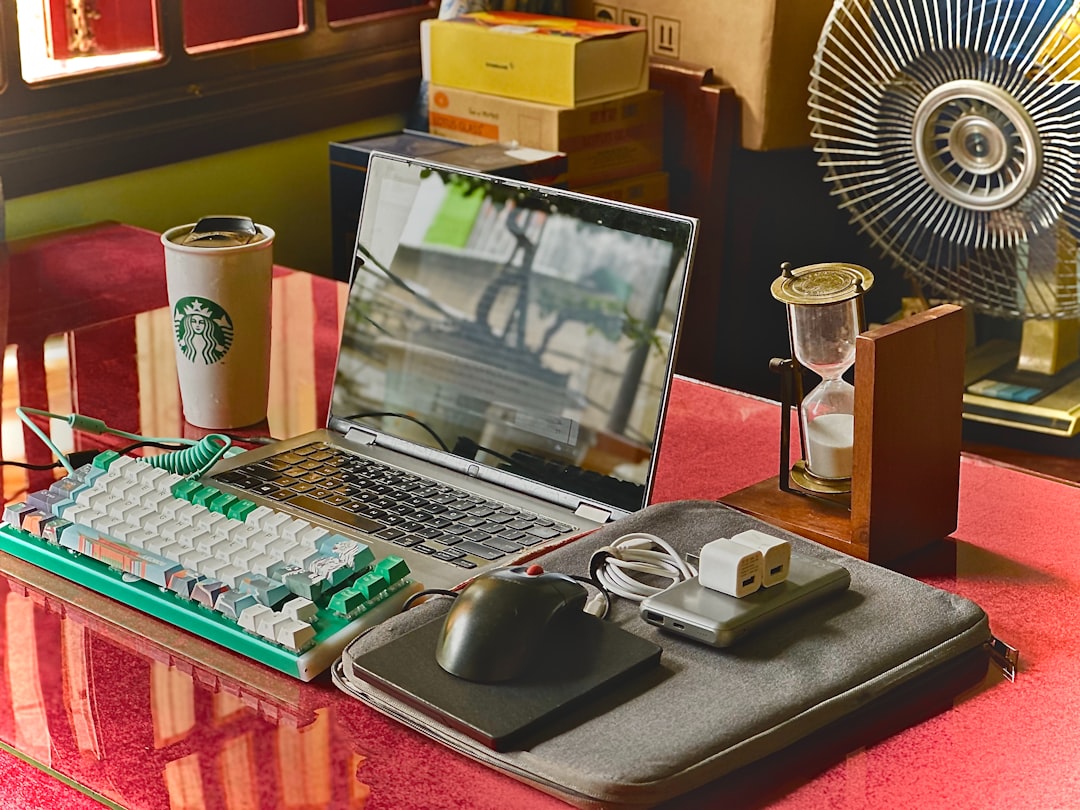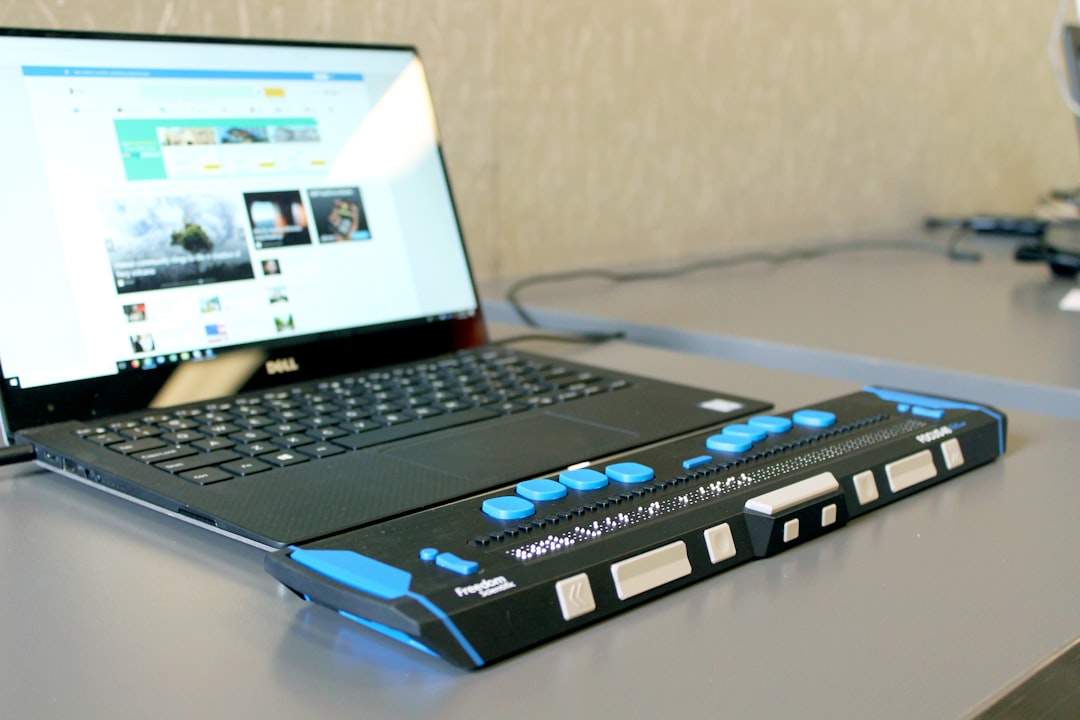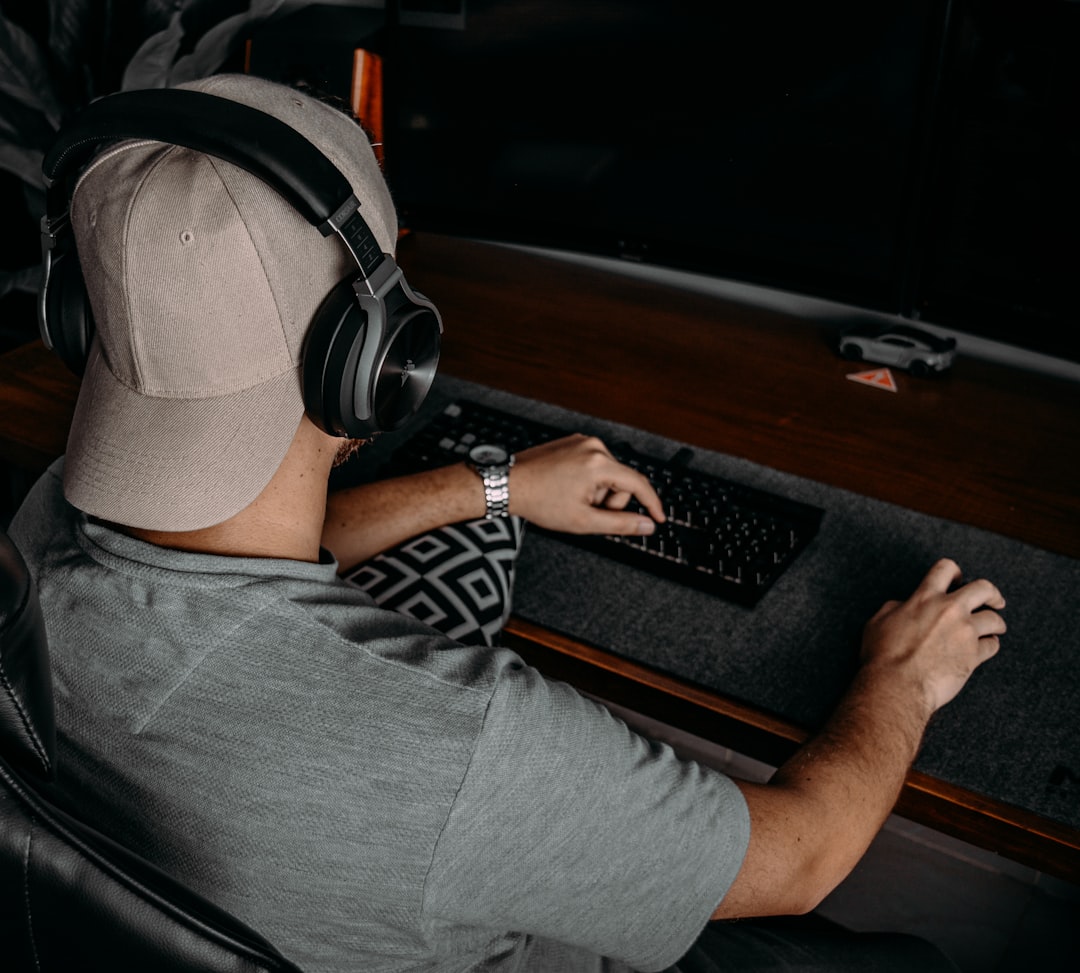Virtual Reality (VR) gaming has revolutionized the way gamers experience digital worlds. However, to fully unlock the immersive power of VR, your gaming laptop must be optimized to handle the intense graphics, rapid data processing, and real-time responsiveness it demands. Here are 10 proven tips to optimize your gaming laptop and ensure a smoother, more immersive VR experience.
Contents of Post
1. Update Your GPU Drivers Regularly
Keeping your graphics card drivers up to date is crucial for VR gaming. GPU manufacturers like NVIDIA and AMD often release performance-enhancing drivers specifically tailored for new VR games and software updates.
2. Optimize In-Game and VR Settings
Lowering graphic settings in both the game and VR platforms like SteamVR can drastically improve performance. Turn off unnecessary visual effects such as depth of field, motion blur, or anti-aliasing.

3. Close Background Applications
Background applications consume valuable system resources. Before launching a VR session, shut down non-essential programs like web browsers, music players, or update services running in the background.
4. Enable Game Mode and GPU Settings
Windows 10 and 11 come with a built-in Game Mode, which prioritizes gaming performance by reallocating system resources. Also, access your GPU’s control panel (such as NVIDIA Control Panel) to fine-tune power settings for maximum performance.
5. Manage Power Settings for High Performance
Set your laptop’s power plan to High Performance in the Control Panel. This ensures your CPU and GPU run at full speed, which is extremely beneficial during high-load VR sessions.
6. Keep Your Laptop Cool
Thermal throttling is a common performance killer. Use a cooling pad, clean fan vents, and avoid gaming on soft surfaces to allow proper airflow.

7. Free Up Disk Space and Defragment
VR games are data-heavy and require fast read/write speeds. Delete unnecessary files and consider using a solid-state drive (SSD). If using a hard disk drive (HDD), regular defragmentation helps maintain speed.
8. Upgrade Your RAM and Storage
For smoother VR gaming, at least 16GB of RAM is recommended. If your laptop allows it, add more RAM and consider installing VR games on an SSD for faster loading times and fewer lags.
9. Use a Wired Connection
Latency can ruin the immersive experience of VR. If you use Wi-Fi for streaming or multiplayer games, switch to a wired Ethernet connection for lower ping and fewer drops in performance.
10. Regularly Calibrate and Update VR Hardware
Update your VR headset firmware and calibrate tracking devices to ensure precise movement detection. A misaligned headset and outdated software can make games appear choppy or unresponsive.
Conclusion
Optimizing your gaming laptop for VR doesn’t necessarily require expensive upgrades. Simple tricks like updating drivers, cleaning your system, and adjusting performance settings can make a huge difference. With the right tweaks and maintenance, you can enjoy a fluid, responsive, and truly immersive VR experience.
Frequently Asked Questions (FAQ)
- Q: Can my regular gaming laptop handle VR games?
A: It depends on the specification. Most VR systems require a powerful GPU, at least 8-16GB RAM, and a recent processor. Check the minimum specs for your VR headset and game requirements. - Q: Does VR work better with an SSD?
A: Yes, VR games load faster and experience fewer frame drops when run from an SSD instead of a traditional hard drive. - Q: How important is cooling for VR performance?
A: Very important. Overheating can cause the GPU/CPU to throttle, leading to lower framerates and choppy VR performance. - Q: Will upgrading my RAM help VR gaming?
A: Yes. VR demands a lot of memory. Upgrading to at least 16GB improves game stability and allows smoother multitasking. - Q: Should I disable antivirus before playing VR games?
A: Disabling your antivirus temporarily can help if it’s consuming too many resources, but be cautious and re-enable it after gaming.

